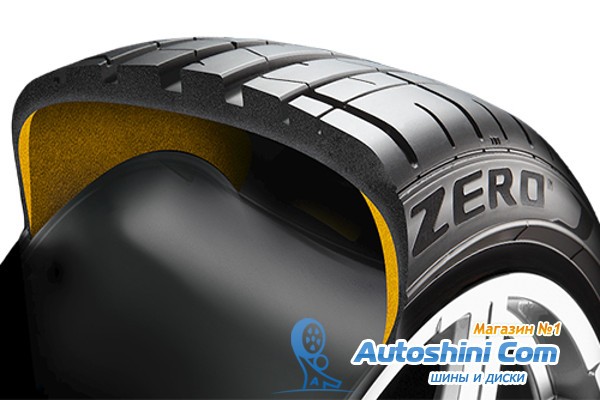
What are run-flat tires?
Content
Run-flat tires, as their name suggests, are able to support the weight of a car without air. This protects the car's rims and makes tire repairs much easier. A run-flat tire can still get the driver home or to a safe place to change the tire. A run-flat tire can last an average of 100 miles after it deflates, and it is recommended that the vehicle stay below 50 mph when the air begins to leave the tire.
What makes it possible?
Since the 1930s, experiments have been carried out with the idea of a tire that will function even after a puncture. There are several ways to achieve this, each with its pros and cons:
Structured tires with thicker sidewalls to support the vehicle's weight.
- Pros: Easy to replace if damaged. An economical alternative to a spare tire.
- Con: Useless if sidewall damage caused deflation. Negatively affects the handling of the car.
- Pros: Easy to replace if damaged. An economical alternative to a spare tire.
A material attached to the wheel under the tire that will support the weight of the vehicle.
- Pro: Stronger and the vehicle can move at a higher speed using this type. Can be placed in a regular tire.
- Cons: Doesn't work well with small wheels or low profile tires.
- Pro: Stronger and the vehicle can move at a higher speed using this type. Can be placed in a regular tire.
Self-sealing tires that let a limited amount of air through in the event of a puncture.
- Pros: Cheaper than structured run-flat tires and more effective at protecting against punctures than conventional tires. The execution is more like a regular bus.
- Cons: Reacts like a regular tire to large punctures or severe tire damage. It is useless if there is no air left in the tire at all.
What applications do they have?
Armored vehicles and military equipment. Heavy armored vehicles, both civil and government, are equipped with run-flat tires. Military vehicles also use run-flat wheels to work in areas where changing a blown tire can be dangerous. For this application, a second type of tire is almost always used, with additional material attached to the wheel itself.
Vehicles without spare wheel. Many modern cars come from the factory without a spare tire at all and have standard run-flat tires. They almost always use the run-flat type, in which the tire itself supports the weight of the car in the event of a puncture.
Vehicles in puncture-prone areas or on roadsides are ill-suited for wheel changes.. People living on very rocky roads or in places where there is little room to stop in the event of a puncture (such as mountainous areas) can greatly benefit from this technology. For this purpose, self-sealing tires and structured tires are usually chosen because they can be installed on any vehicle and can also be installed without any special equipment.
How useful are run-flat tires for the average driver?
While run-flat tires are not a necessity for most people on the road, they can certainly be a very handy feature. It is for this reason that many vehicles are shipped from the factory with run-flat tires. Manufacturers believe that eliminating the need to change wheels on the side of the road improves the safety of their customers. For commuters, there are no significant downsides to run-flat tyres, other than the added cost.
Sports car drivers and anyone who loves the right foot may want to avoid run-flat tires, as they perform worse on the track than regular tires. Run-Flats weigh more and have an unusually stiff sidewall. Weekend warriors can very easily swap out their run-flat tires for slick race tires on the track, making them appealing even to this type of consumer.
